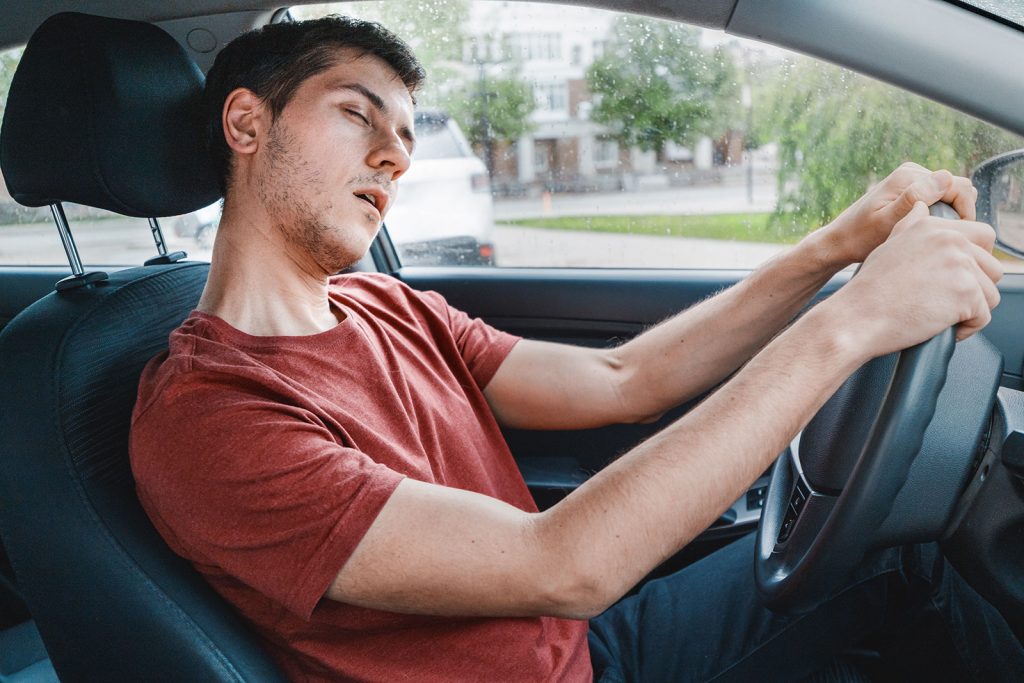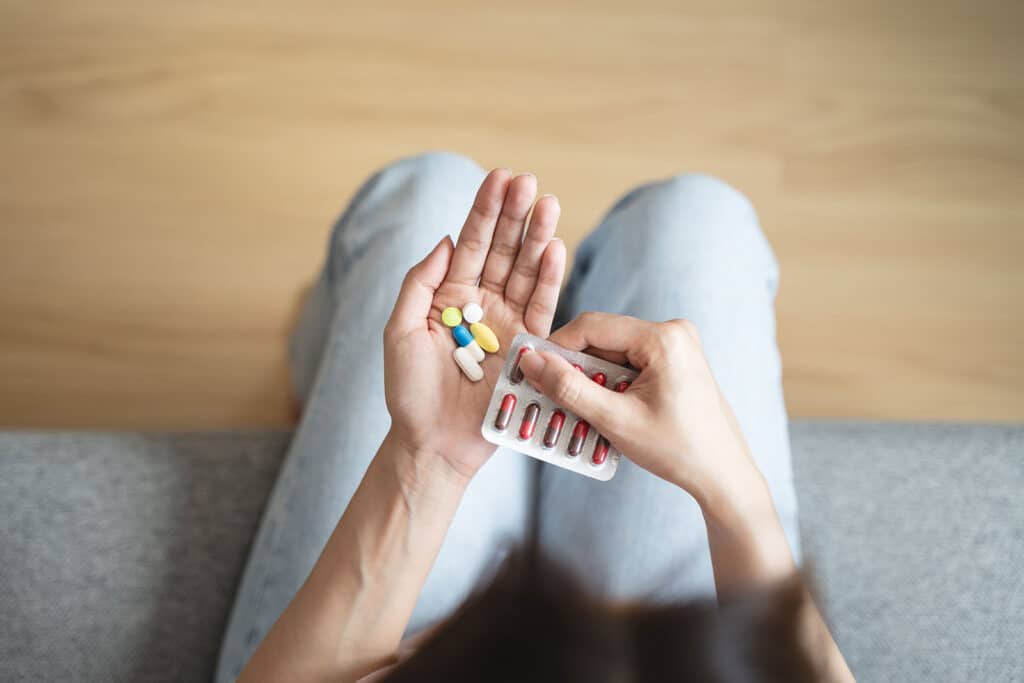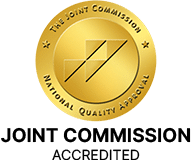The phrases “nodding out” and “nodding off” refer to a state that an opiate user often experiences after intaking the substance. This is especially prevalent amongst heroin users, which is why it is often called the “heroin nod,” although it is more generally known as the “opioid nod.” It refers to experiencing a sudden state of sleep, similar to a tired student having micro-naps during a lecture, although it is also very different.
Some users have a specific goal to nod off after taking the substance because of the sense of euphoria that that state of mind often creates.

Table of Contents
- 1 How does nodding off occur?
- 2 Dangers of nodding off
- 3 Issues resulting from escalating use
- 4 Types of drugs that cause nodding out
- 5 How people get addicted to opioids
- 6 Responding to an overdose
- 7 Other signs of Opioid use/addiction
- 8 Is Heroin/Opioid addiction a choice or a disease?
- 9 Treatment for Opioid addiction
How does nodding off occur?
Heroin depresses a body’s central nervous system. This can be done significantly, depending on the dosage and the body’s tolerance to it. Contributing to this impact is how the drug was inserted into the body, as intravenous use with needle results in the effects of the drug being felt much more quickly.
More specifically, users will generally experience an intense state of euphoria that is followed by a trans-like state of being that results in the person alternating between states of sleep and wakefulness.
The process of going from inserting the drug to a state of euphoria to falling into sleep/unconsciousness can all occur in seconds. Sometimes, the needle that was used to insert the opioids is still in the user’s arm when the initial nodding off occurs.
Nodding off can last for seconds, minutes, or hours.
Dangers of nodding off
As a result of this suddenly increased drowsiness, essential bodily functions start to operate at a reduced state or stop altogether. In the case of an overdose, that can result in the heart and lungs being the only ones left functioning. Sometimes, the state of relaxation increases so much that breathing becomes shallow and can even stop.
It should be noted that the reduction of anxiety that occurs when using opiates often results in the user not being concerned about what is happening, even when it is a life-threatening situation.
Also, note that some die while nodding off due to vomiting and then choking because they were unconscious at that time. There are also dangers relevant to what the user was doing at the time. For example, if they stood when they nodded, they could injure themselves while falling to the ground.
Nodding off in and of itself is a sign that an overdose may have occurred, possibly a life-threatening one.
Issues resulting from escalating use
Using heroin and other opioids usually results in quickly experiencing high tolerance levels. That means that users need to take increasingly higher doses or take doses more often to achieve similar results as they relate to the desired feelings of euphoria and relaxation. Doing so not only increases the chances of overdosing, but it increases the possibility of nodding off as well.
Also, the user’s ability to make rational life decisions decreases significantly once addicted. This includes, in many cases, caring less and less that the opiates being taken have the potential to end their life.
Types of drugs that cause nodding out
Some of the other common drugs, besides heroin, that can cause nodding out include codeine, oxycodone, hydromorphone, and hydrocodone.
Also, mixing opioids with alcohol or benzodiazepines, such as Xanax and Valium, is more apt to cause nodding off and the dangerous repercussions that result. However, it is the opioid that is causing the nodding off. Alcohol and benzodiazepines have the potential to make it worse, but the latter two types of substances will usually not cause nodding off in and of themselves.

How people get addicted to opioids
Opioids are known as some of the most difficult drugs to eradicate once addicted. Unfortunately, many become addicted to them innocently after being prescribed them to handle chronic pain or a similar situation. In some cases, the recreational use of over-the-counter pain medication results in opioid addiction.
Many do take opiates and do not become addicted to them, but enough experience addiction for this situation to affect a tremendous number of people. For example, the number of Americans who died from an opioid overdose in 2020 was 68,630. It should also be noted that opioids cause more overdose-related deaths than any type of drug, roughly four out of five.
Responding to an overdose
Naloxone can help reverse many of the effects of a heroin overdose. When heroin is taken, it attaches to the brain’s opioid receptors, while naloxone detaches the heroin from those places. In other words, the physical and other depressant effects of heroin are stopped as a result of taking naloxone.
If a loved one has been taking an opioid, experiencing trouble breathing, or not waking up, seek medical help.
Keep in mind that doses secured from unofficial sources can vary significantly as far as their purity levels and related factors go, sometimes resulting in overdoses that were not expected or intended. Also, some illegal providers include fentanyl when giving heroin to users or simply provide fentanyl instead of heroin while still calling it heroin; fentanyl is dozens of times as powerful as heroin.
Other signs of Opioid use/addiction
Physical signs of recent opioid use can include lack of motor control, slow heart rate, shallow breathing, a state of confusion, itching, constricted pupils, and bluish skin, the latter resulting from the user experiencing poor circulation. Impaired reflexes and other types of movements can also occur.
A few signs of ongoing opioid use can include needle marks, such as cuts and abrasions, collapsed veins, and under-skin bruising. Repeated flu-like experiences can also be observed; that is one of the most common signs of withdrawal from opioids.
Some of the non-physical signs of heroin addiction or addiction to other opioids include the individual having an increased focus on money and on securing it by any means necessary and involving themselves in a different friend group than had been the case before. As compared to before, a decreased amount of interest in work or school often results as well.
Is Heroin/Opioid addiction a choice or a disease?
Some view heroin/opioid addiction as a choice, while others view it as a disease. The truth likely lies in the middle.
It is extremely unlikely that someone would choose to start using opioids with the intent to become addicted to them. What usually occurs is that they consume opioids with the intent for the user to be limited in scope. However, this ultimately leads to addiction in many.
It is then challenging to define using it as a choice anymore because the mind has been tricked into depending on it to the point that it is viewed by the brain as more crucial than almost every other aspect of life. As a result, it can be difficult for someone addicted to it to seek help. However, many people do just that and start putting their life back in a positive direction.

Treatment for Opioid addiction
Those looking to remove heroin or other opiates from their lives should contact us at Recreate Life Counseling, and we will discuss our opioid addiction treatment options and help you head towards sobriety. The path will not be easy, but we will help you navigate it.
FAQ
What is Nodding out?
Does suboxone make you nod out?
Published on: 2022-09-22
Updated on: 2025-04-29



